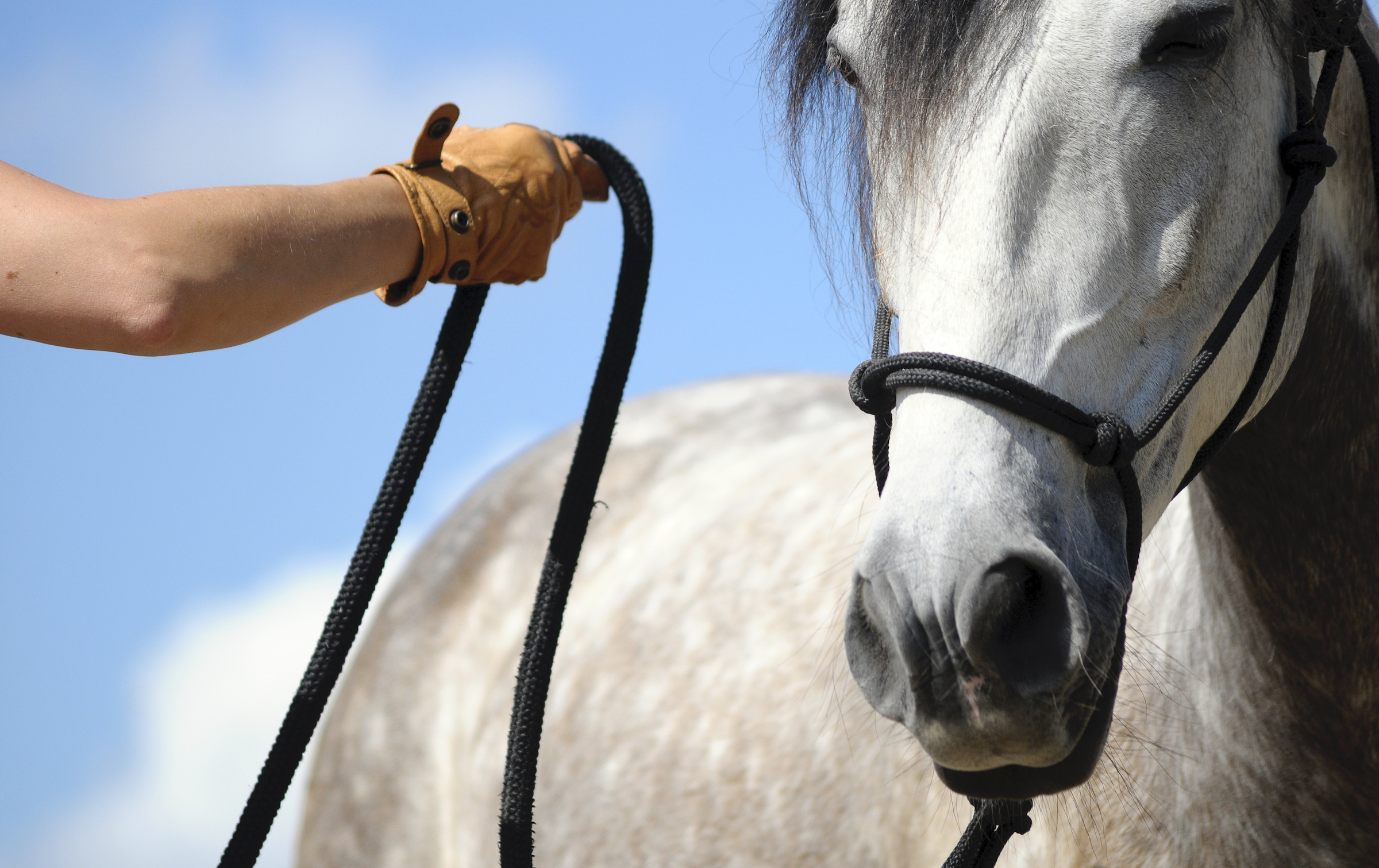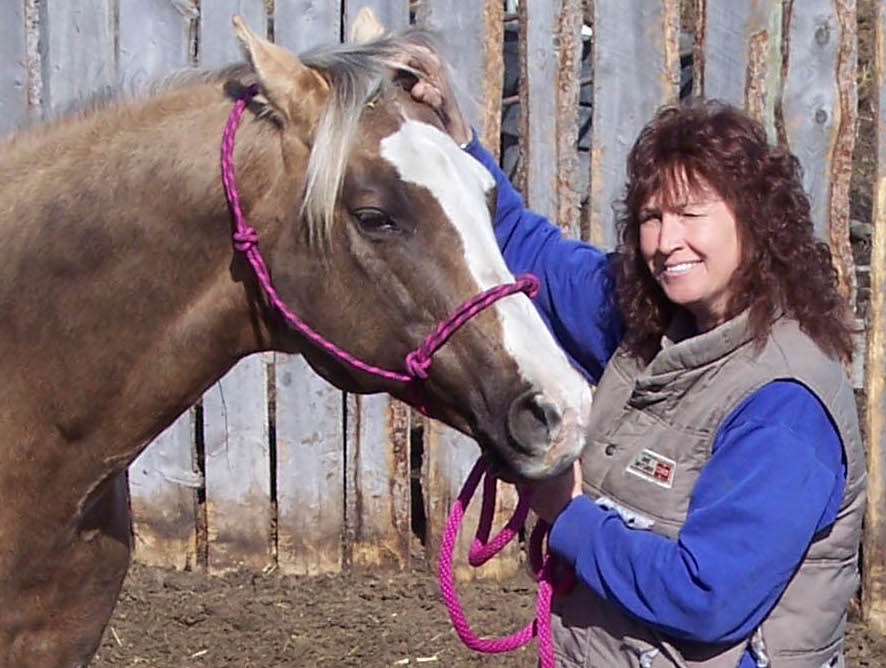
Have you ever whipped a horse into a trailer?
I’m ashamed to admit that I have, back in the day when that was an acceptable method in certain cases.
Reader Bette Wold watched her father use this technique, too, when she was growing up in rural North Dakota in the 1960s.
“It’s not that he didn’t love his horses,” she recalls. “But managing a grain elevator and farming a thousand-plus acres on the side left him little time to form bonds.”
Bette, on the other hand, found herself focusing almost exclusively on bond-building, along the way discovering—almost by accident—a more enlightened method of dealing with a horse.
[RELATED: Desensitize your horse by building connection and trust.]
She’d picked up basic horse-training techniques from her father, who raised and sold registered Shetland Ponies in addition to his farm work.
“He tried to help me, but he didn’t have the time to go by the horse’s schedule,” Bette recounts. “Then, when he tried to force the issue, I wound up learning in the school of hard knocks.”
By the 1970s, Bette’s dad had also begun raising Quarter Horses and Arabians, and Bette, then a teenager, began helping with the colt training.
“Well,” she admits, “the word training is a bit of a stretch. What I mostly did was spend time with the young stock, stroking them, bonding with them, and scratching the itches they couldn’t reach.”
There was no shortage of itches, either, thanks to the scads of ticks in the region.
“They got in the horses’ manes, in their tails, and—worst of all—under their flanks,” she recalls. “If you’ve ever witnessed the appreciation of a horse after you’ve removed a cluster of ticks and rubbed the welts they leave behind, you’ll know what I’m talking about.”
And here’s where the story gets interesting.
A new horse her dad had acquired, Gambler, was a shy, barely broke broodmare. She resisted all handling, but when blended into the rest of the herd found herself surrounded by horses all seeking Bette’s attention.
“They’d present their flanks to me, clearly asking for my help. Gambler would watch as they stretched out their hind legs in a wide stance to give me access to their flanks, noses pointed and twitching in pure pleasure.
“Their quiet influence settled on the mare,” Bette continues. “Soon she endured my approach and let me rub her face and neck. I persisted, touching her and touching her, always moving toward her flank.”
But it was a slow, painstaking process.
Check out some more training resources: A subscription to Horse&Rider Magazine, Horse Speak: The Equine-Human Translation Guide, 101 Ground Training Exercises, or Connection Training.
“Whenever I went a little farther, she’d retreat. I’d give her a moment to settle, then resumed my advances. Finally I was able to make a swipe under her flank and remove a clump of ticks.”
You can just imagine the mare thinking, “Oh, so that’s what everyone is so keen on. I get it!”
It wasn’t an about-face, however. The whole process took a good couple of days. But eventually Gambler was standing warily still and allowing Bette to rub those itchy welts, accepting the relief gratefully.
“It was trust built entirely without force, and even without any tack or equipment,” says Bette. “I earned her quiet acceptance of my full-body handling, and soon she even gave me permission to hold up her hooves.”
That was a good thing, because then Bette’s father could perform a much-needed trim—without the twitch that would’ve been his go-to solution.
“Were we really that stupid?,” Bette wonders today. “Yes, had there not been ticks in the picture, Gambler probably would’ve been subjected to my father’s practice of clamping the handles of an extra pair of nippers on the horse’s nose, at which point it would be my job to hold it tight. I hated it.”
Another happy outcome of the Tick-Removal Method of Horse Gentling was that Bette’s dad put her in charge of trailer-loading. That meant no more rump rope, no more pushing and pulling, no more whip.

Bette went on to college, then became a wife, mother, and teacher, all still in North Dakota. When declining enrollment reduced her teaching contract, she began supplementing her income by breeding, raising, training, and selling horses, a business she says she thoroughly enjoyed for more than 30 years.
“When my daughter attended her first 4-H horse show, I found my niche, training mounts suitable for kids to compete on in 4-H and local open shows.”
Now, looking back, she’s gratified to see how far horse-training methods have evolved.
[Natural Horsemanship Training Tools]
“The crude ways that were the norm in yesteryear have gradually been taken out with the trash, replaced by methods of partnering with our horses and encouraging them to willingly choose to do what we want them to. It’s better that way.”
I agree, and I know you do, too. Over at our Facebook page, please share your stories of how your own training methods—or those you’ve observed in others— have changed for the better over time.
[RELATED: How the changes in horse training came to be.]




